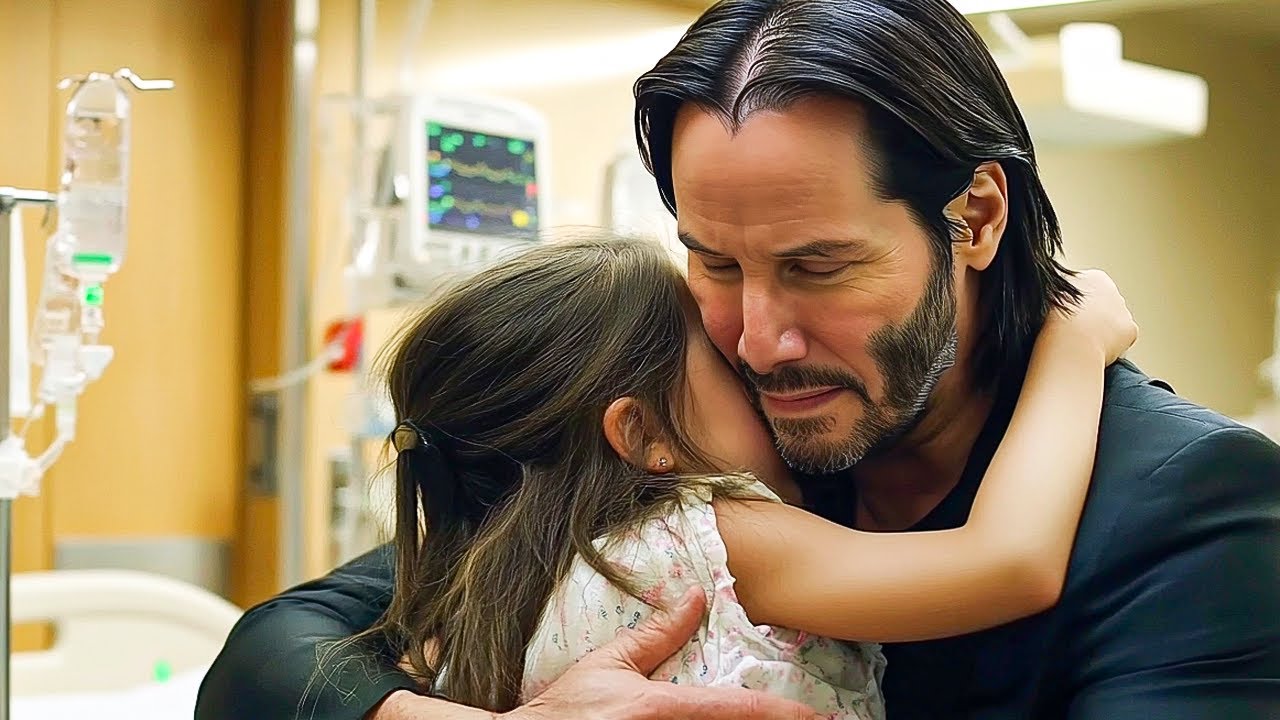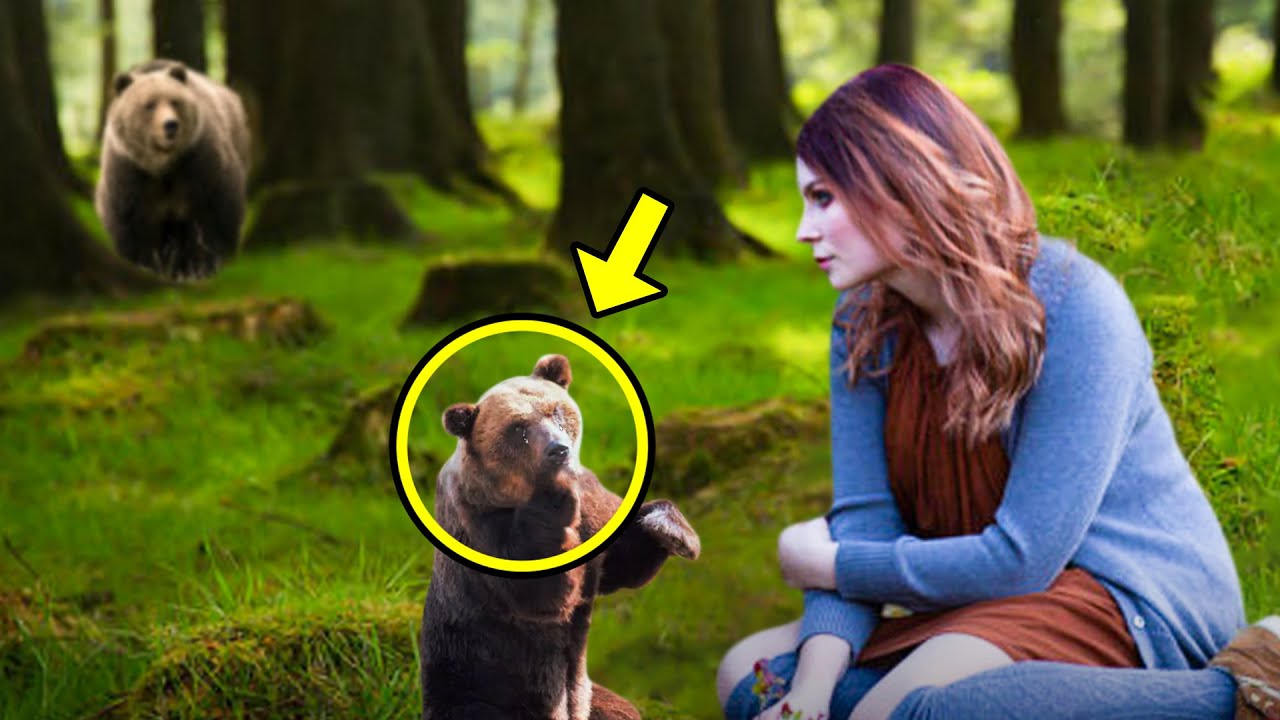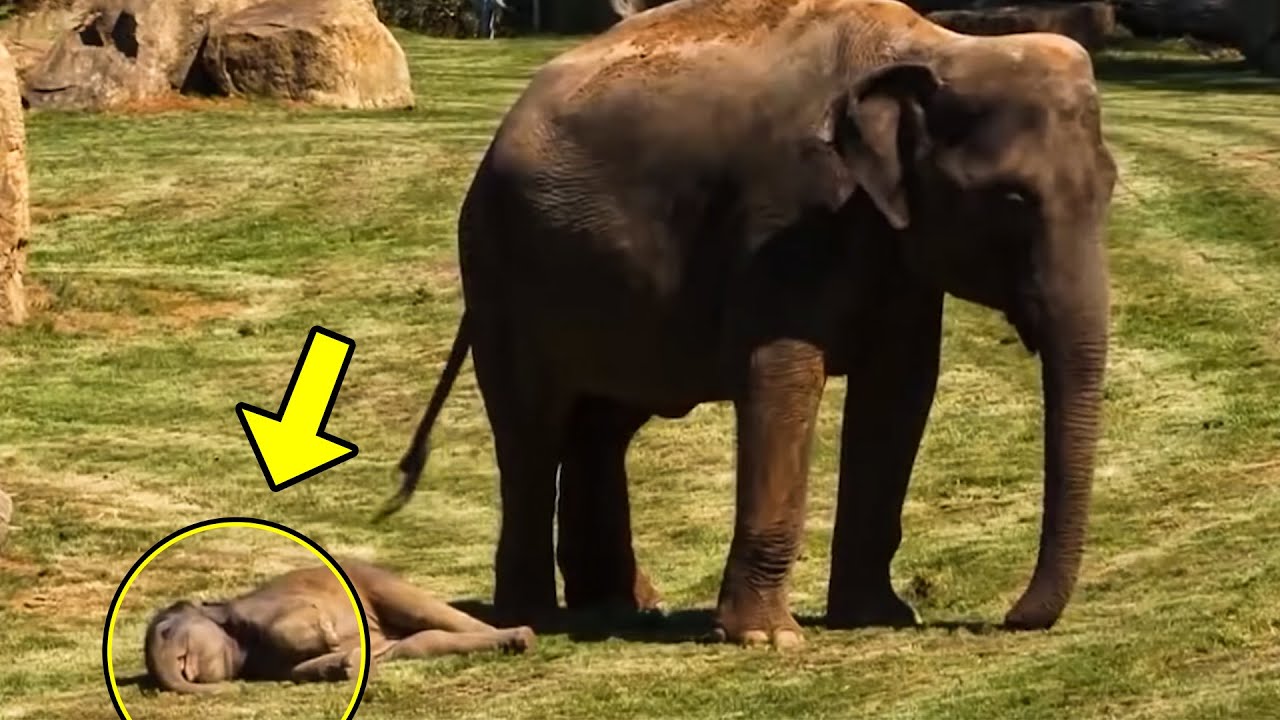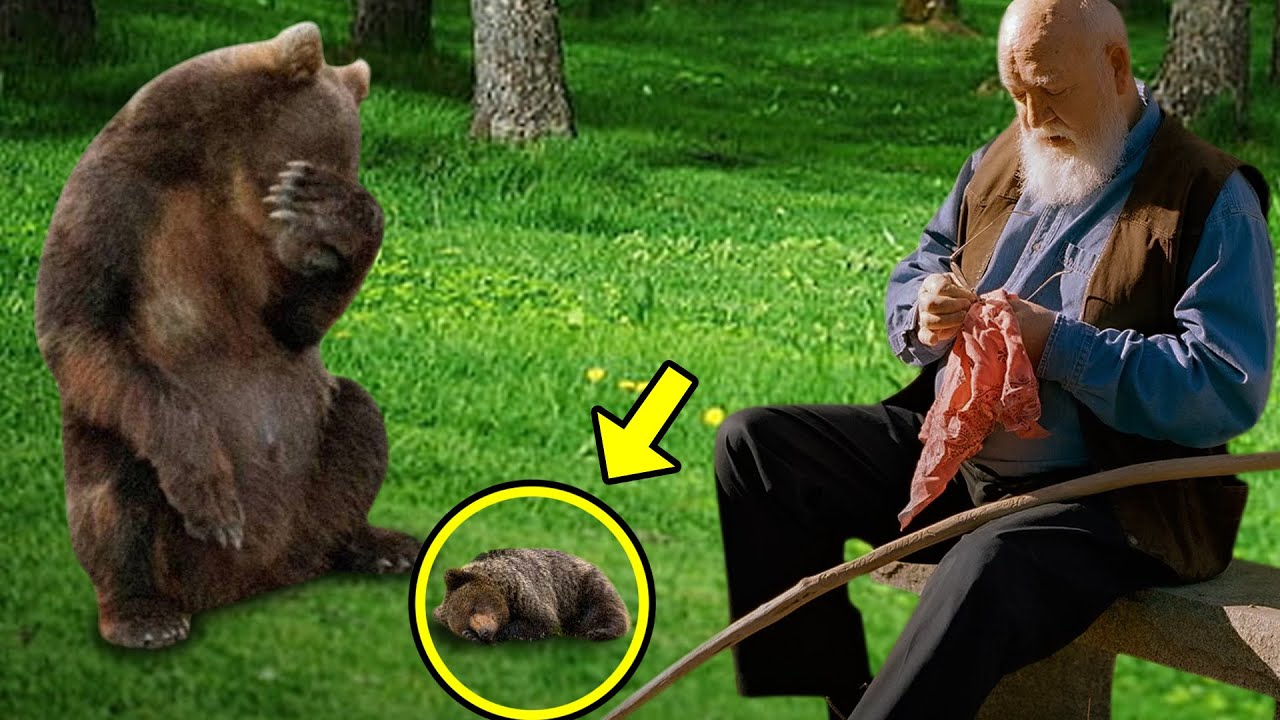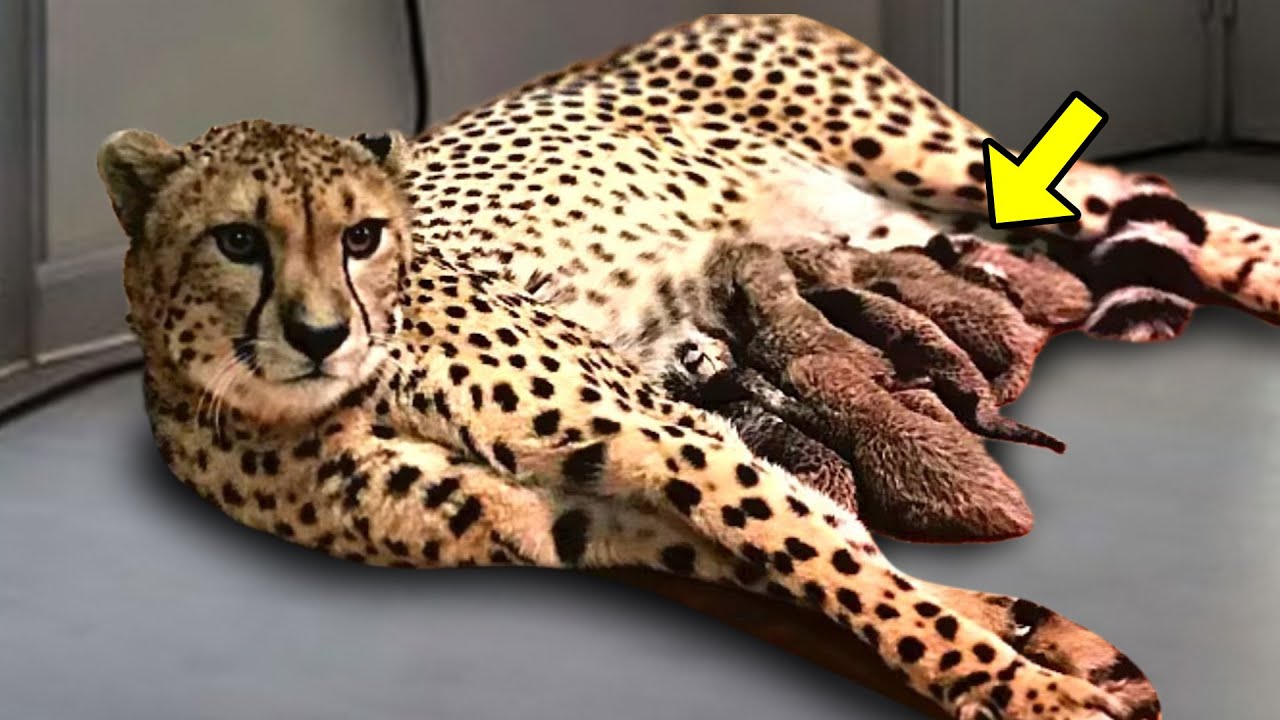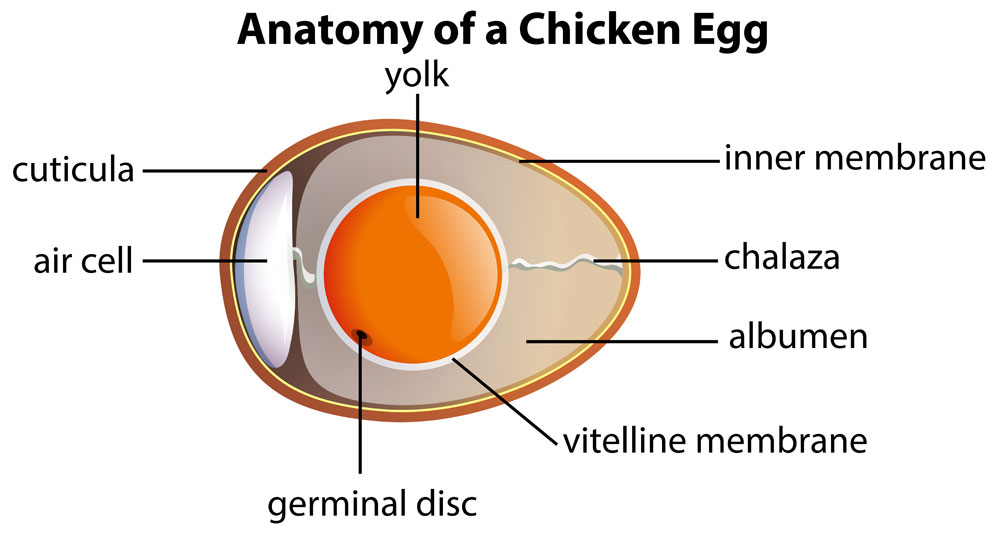
Eggs are up there with milk and butter as the most widely consumed dairy products in America. Even though they are not technically a true “dairy” product, they’re often lumped into the category and sold in the dairy aisle of grocery stores, so close enough!
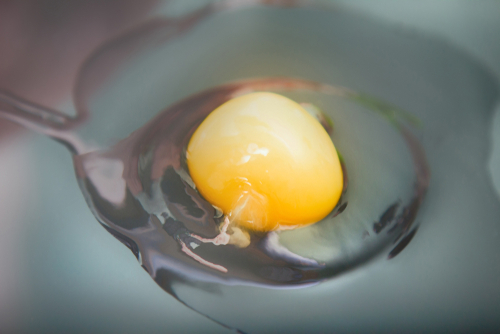
Regardless of how they’re classified, we eat tons of the little white shelled ovals every single year, whether scrambled or mixed into tasty cakes and other goods. According to Discovery Education and the American Egg Board, “The average American eats 250 shell eggs per year, which means on average, the U.S eats more than 76.5 billion eggs.”
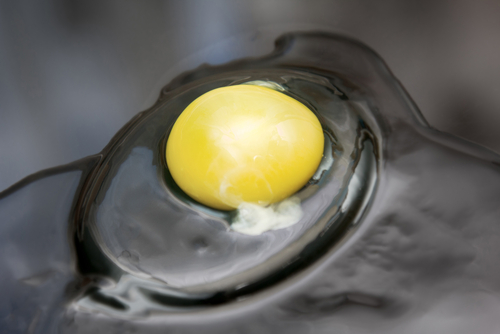
That’s a whole lot of eggs, and yet many of us never stop to think about what exactly it is that we are putting in our mouths and bodies. If you were asked to name the different parts of an egg, could you? Many of us could point out the yolk and the white, the shell… and that’s about it. However, what about that strange little white stringy thing that’s attached to the egg yolk, what is that?
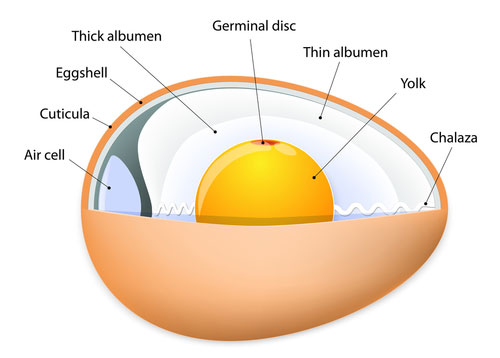
Every egg has the umbilical cord-like feature, but that’s not what it is. Instead, the white string is more like a seat belt and it’s called a chalazae. There are actually two in every egg, one on each side, and they are attached to the yolk.
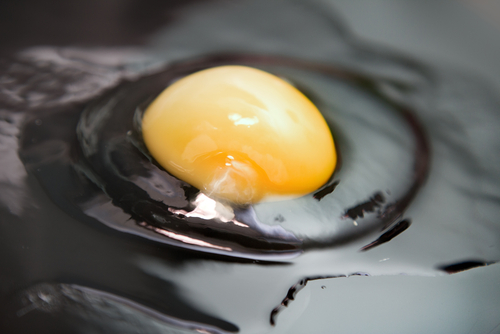
Their function is to keep the yolk securely suspended in place inside the center of the white so that it doesn’t move all around and become damaged. Just like how seat belts protect people in case of an accident, the strings keep the yolk safe and secure in one place.
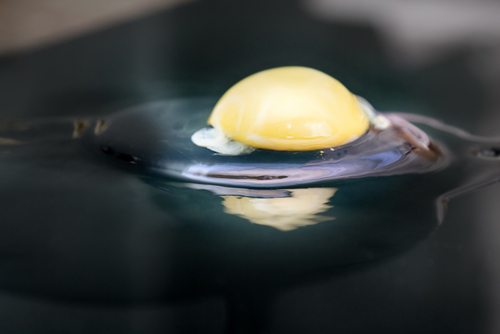
While the appearance of the chalazas may be a bit unappetizing, it can actually help you determine how fresh the egg is that you’re about to eat. If the white string is very prominent and clearly noticeable, the egg is fresh. If it is faded or virtually non-existent, the egg is old. So it’s actually a good sign to see a big stringy chalaza when you crack an egg open!
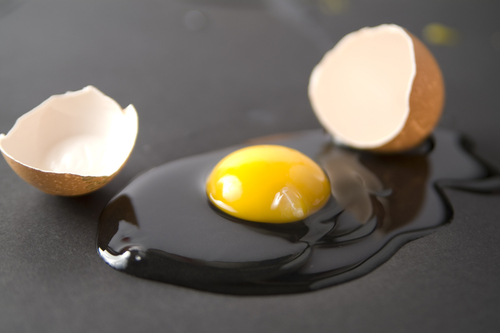
To learn all about the anatomy of an egg, check out this video from Amanda VanHoey. She does an excellent job walking through the different parts and explains everything you’ll ever need, or want to know, about the incredible, edible egg.
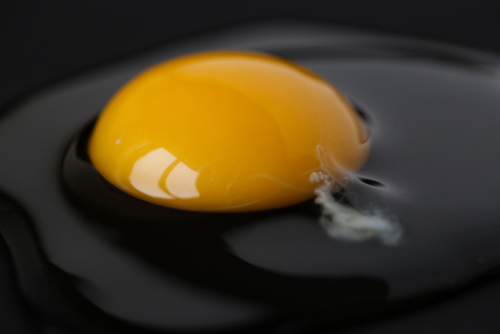
Please Share This With Family and Friends

